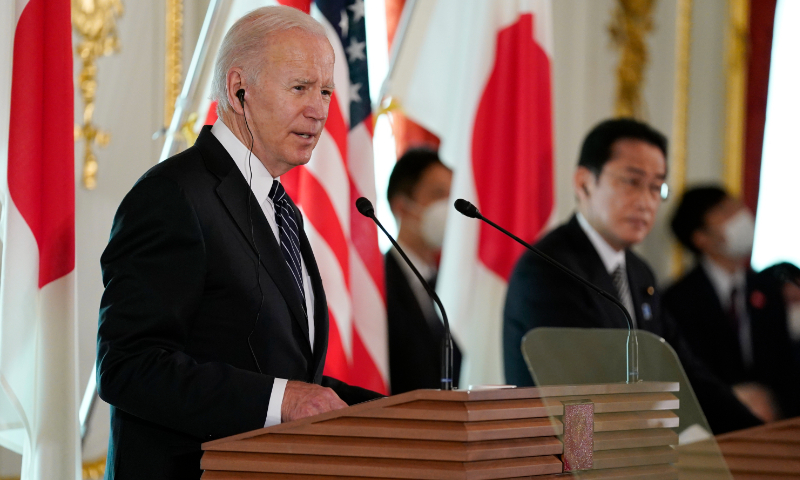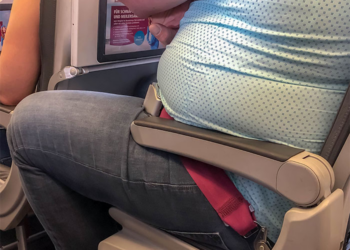
The One China Policy is a longstanding US policy that forms the bedrock of its relationship with China. Read to know about the latest updates on the agreement.
What is the One China Policy?
The One China is a longstanding American policy, vital for relations between China and the US. The US-PRC joint communique of December 1978, said, “The People’s Republic of China and the United States of America have agreed to recognize each other and to establish diplomatic relations as of January 1, 1979. The United States of America recognizes the Government of the People’s Republic of China as the sole legal Government of China. Within this context, the people of the United States will maintain cultural, commercial, and other unofficial relations with the people of Taiwan,” explains the 1978 policy. “The Government of the United States of America acknowledges the Chinese position that there is but one China and Taiwan is part of China.”
In operational terms, the policy is a balancing act where the US is maintaining an official relationship with China and an unofficial relationship with Taiwan. However, following the Policy, the US broke all formal diplomatic relations with the Republic of China (ROC) in Taiwan. The US then established bonds with the People’s Republic of China (PRC) in Beijing back in 1979.

In 1979, the US Congress also passed the Taiwan Relations Act (TRA). It clarifies that “the United States decision to establish diplomatic relations with the People’s Republic of China rests upon the expectation that the future of Taiwan will be determined by peaceful means”. Hence also committing to provide Taiwan with “arms of defensive character” and “to maintain the capacity of the United States to resist any resort to force or other forms of coercion that would jeopardize the security, or the social or economic system, of the people of Taiwan.” Under the TRA, the US also established the American Institute in Taiwan (AIT). The private, non-governmental organization is maintaining unofficial ties with the country and the de facto US Embassy.
How are things changing?

The 1971 “ping-pong diplomacy” and President Nixon’s trip to China in 1972 brought Shanghai Communique. It is a major milestone for the American ‘One China” policy. It stated: “The United States acknowledges that all Chinese on either side of the Taiwan Strait maintain there is but one China and that Taiwan is a part of China. The United States Government does not challenge that position.” However, the Chinese counterpart of the policy is not the same. As per the Brookings Institution’s report, “the One China Policy contains more elements. Such as the US interest in a peaceful process of cross-Strait dispute resolution. And its differing interpretation of Taiwan’s legal status as compared to Beijing’s interpretation”. The Institution is responsible for publishing a primer on the matter.
On Monday, President Joe Biden stated that the US would intervene with the help of its military. But, this is if China invades Taiwan. However, the White House clarified that it does not change American policy. They stated that Biden “reiterated our One China Policy and our commitment to peace and stability across the Taiwan Strait. Our commitment under the Taiwan Relations Act to provide Taiwan with the military means to defend itself”.
US, in the 1980s, started using “policy” in place of “principle” to differentiate the two. Hence, when US officials refer to the matter, “they usually elaborate by listing several defining elements. Adherence to the three US-PRC communique of 1972, 1978, and 1982; implementation of the Taiwan Relations Act enacted in April 1979; an abiding interest in the peaceful resolution of the differences between the two sides; opposition to either side unilaterally changing the status quo and non-support for de jure independence of Taiwan,” explains the primer.





